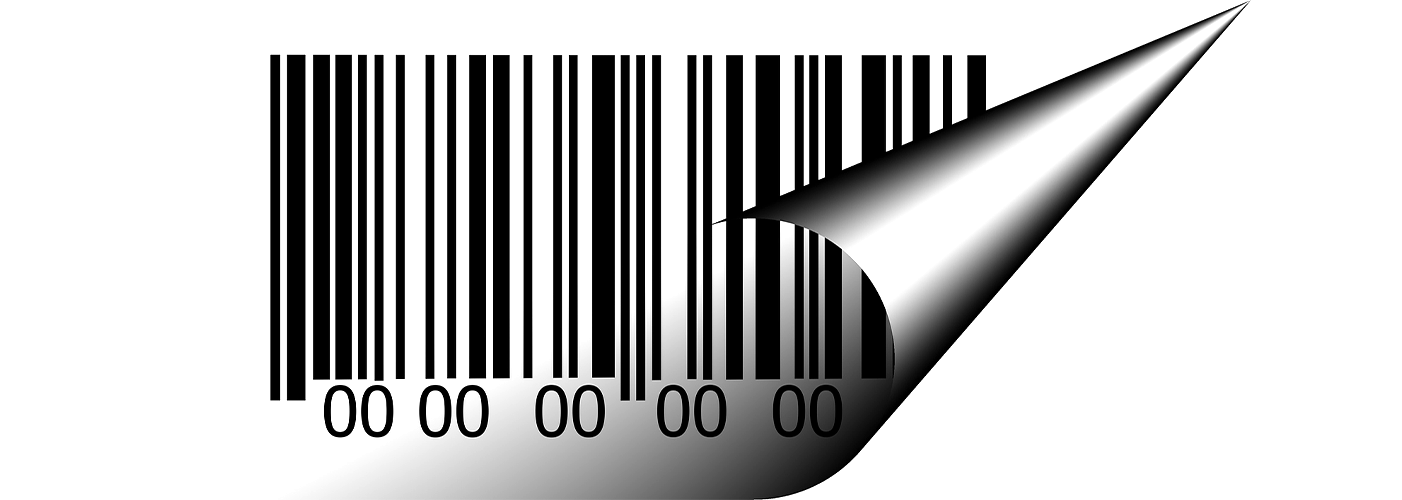Beyond the Beep: How Barcodes and QR Codes Power the Modern World
That simple beep you hear at the grocery store checkout is more than just a transaction sound—it's the sound of the entire global supply chain in action. From scanning a carton of milk to tracking a medical device, barcodes and QR codes are the silent, efficient heroes of the modern economy.
These unassuming patterns of lines and squares are critical to almost every aspect of commerce, logistics, and daily life. But how do these codes work, and what makes them so essential in places as varied as a high-tech warehouse and a bustling train station?
一. The Code Crusaders: Barcodes vs. QR Codes
While they both serve as machine-readable data tags, barcodes and QR codes have distinct differences and specialized roles:
1. Barcodes (The Veterans)
Structure: Typically a series of parallel lines of varying widths (e.g., UPC or EAN codes).
Data Capacity: Limited to a small string of numeric data, usually an identifier for a product (like a product number).
Best For: Retail checkout and inventory management where a fast, simple product ID is needed. They are robust and can be read by simple laser scanners.

2. QR Codes (The Next Generation)
Structure: A two-dimensional (2D) square grid of black and white cells.
Data Capacity: Significantly higher, storing hundreds of times more data, including URLs, text, contact information, and complex tracking data.
Best For: Applications requiring more detailed information, such as linking to a website (e.g., on a museum ticket), complex asset tracking, or high-density logistics. They require image-based scanners (like a smartphone camera or a machine vision imager).

二. Scanning Across the Landscape: Where Codes Drive Efficiency
The power of these codes lies in their versatility. They provide a common, error-free language that bridges the physical world with digital databases, revolutionizing efficiency in key industries:
|
Location / Industry |
Key Function |
The Tech Advantage |
|
Grocery Stores & Retail |
Point-of-Sale (POS)& Inventory |
The UPC barcode links the product to a price and inventory count in the system. This speeds up checkout and automatically updates stock levels, enabling "just-in-time" ordering. |
|
Warehouses& Logistics |
Asset Tracking& Sorting |
QR codes are used on pallets and packages to log their contents, origin, and destination. Automated scanners on conveyor belts read these codes at lightning speed to ensure packages go to the correct loading dock. |
|
Manufacturing & Assembly |
Quality Control& Traceability |
A small 2D code (like Data Matrix) is often engraved directly onto components (known as Direct Part Marking or DPM). This code traces every part of a finished product—from an engine block to a circuit board—back to its batch, date, and assembly station for quality audits. |
|
Transportation (Train/Flight) |
Access& Ticketing |
QR codes on mobile tickets are scanned at turnstiles or gates. The code contains the validation data, allowing for instant, paperless verification of the passenger's right to travel. |
三. The Scanning Revolution: From Laser to Vision
Early barcode readers relied on simple laser beams to measure the reflected light off the black and white lines. While effective, they were limited to traditional 1D barcodes and struggled with damaged codes or complex surfaces.
Today, advanced systems utilize Machine Vision technology. These scanners are essentially high-speed cameras paired with sophisticated image processing software.
1. Reads Any Orientation: Unlike laser scanners, which often require the code to be perfectly aligned, machine vision systems can read a code regardless of its angle.
2. Reads Damaged Codes: The software uses algorithms to reconstruct and decode codes that are torn, smudged, poorly printed, or partially obscured—a game-changer in tough warehouse environments.
3. Reads DPM Codes: Crucially, only advanced vision systems can reliably read Direct Part Mark (DPM) codes etched onto metal or plastic surfaces.
This shift has made scanning faster, more reliable, and capable of handling the high-density 2D codes that power modern traceability.

四. Your World, Coded for Efficiency
Whether you're tapping your phone at a train turnstile or receiving a package tracked across continents, barcodes and QR codes are silently orchestrating modern efficiency. They reduce human error, provide instantaneous data, and are the essential link between the physical product and the digital inventory that governs global commerce.
Don't let manual errors slow down your operations.
Contact HIFLY right away


